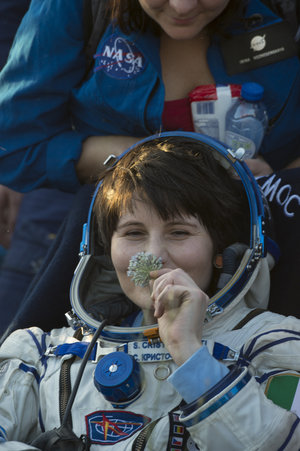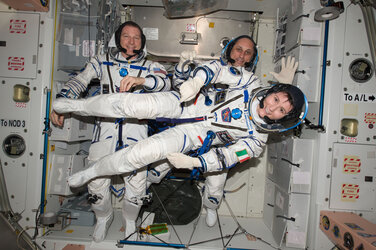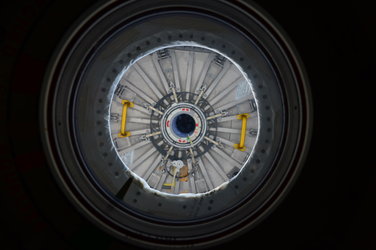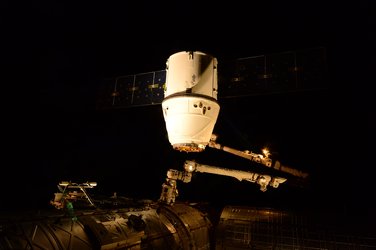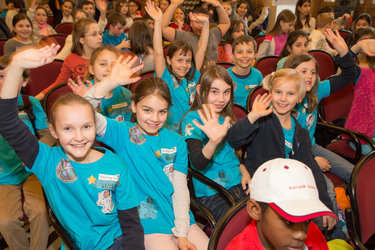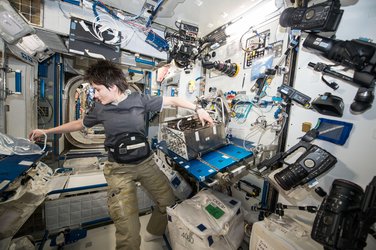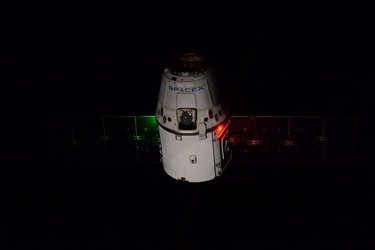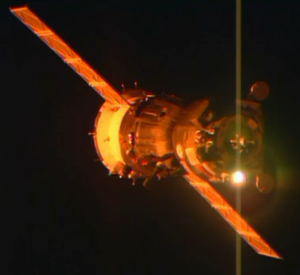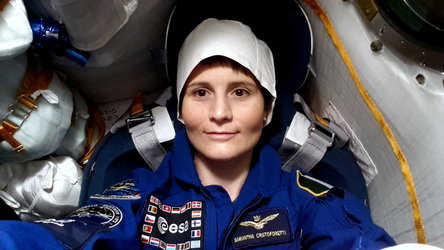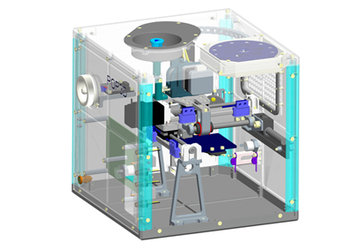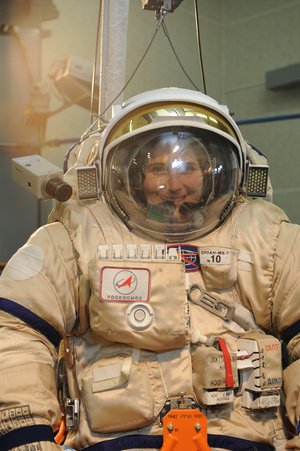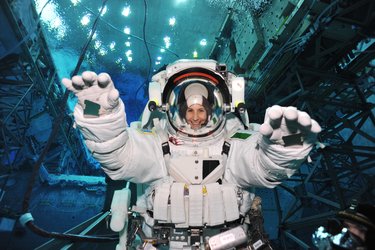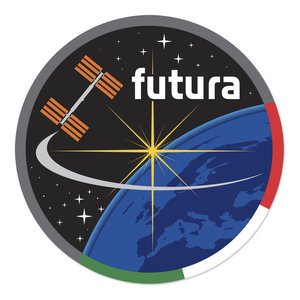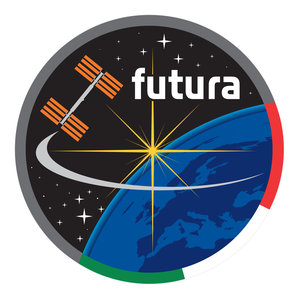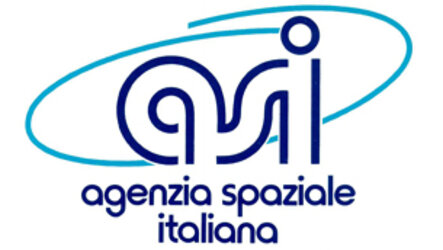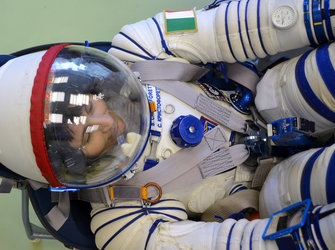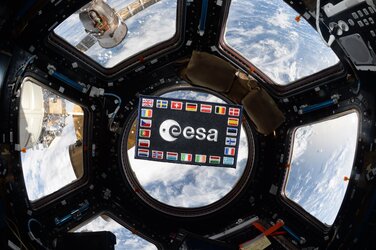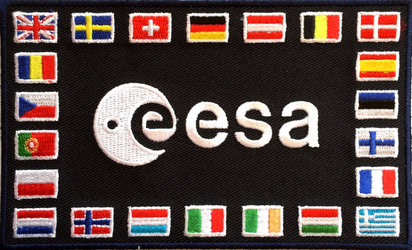Mission patches
The International Space Station is a cooperative project between five space agencies and countries. ESA astronaut Samantha Cristoforetti’s Futura mission was also part of the Soyuz 41S mission to the Station and back. While aboard, Samantha was part of Expeditions 42 and 43. Traditionally, each expedition has its own space patch.
Futura
The logo beautifully represents that momentum, that voyage of discovery. As a European of Italian nationality, I am especially proud of Europe’s and Italy’s contribution to this endeavour and I am happy to see Europe ’s outline and the Italian colours in the design.
The Futura logo was chosen from competition entries asking for a design that captured the elements of Samantha’s mission: research, discovery, science, technology, exploration, wonder, adventure, travel, excellence, teamwork, humanity, enthusiasm, dreams and nutrition.
The logo shows a stylised orbit of the International Space Station circling Earth, symbolising the connection between our planet and the orbital outpost.
The winning designer, Valerio Papeti from Turin, Italy, was inspired by a sunrise seen from orbit, as it is the most beautiful image he has seen from space. The sunrise also symbolises the future of discoveries and new horizons for Italy and humankind.
Soyuz TMA-15M

The Soyuz TMA-15M spacecraft carried Samantha and her crewmates Anton Shkaplerov and Terry Virts to the Station. The Soyuz patch is based on a concept from commander Anton and cosmonaut Andrei Babkin.
The design is based on an aircraft attitude indicator, a basic instrument found in all aircraft, as all three astronauts have a career as pilots. The outline of their Soyuz forms the attitude indicator. The depicted attitude of the spaceship is at 15°, the serial number of the Soyuz. The pitch angle of 51° corresponds to their orbit inclination.
The names of the astronauts are written around the patch. An aircraft shadow that combines elements of fighter jets from Russia, USA and Italy alludes to the link between spaceflight and aviation and the careers of the astronauts.
The number of stars corresponds to the last two figures of the year the crew is launched. Adding the Sun gives their year of landing: 2015.
Expedition 42

Expedition 42 began with the undocking of Soyuz TMA-13M in November 2014. The next Soyuz crew was Samantha, Anton and Terry.
The rectangular design of their mission patch portrays the International Space Station orbiting Earth with its solar wings spread wide. The left array portrays the number ‘4’ and the array on the right form the Roman numeral version of ‘2’ to make Expedition 42. The crew and supporting personnel across the world are represented by the six stars adorning the sky around the orbital complex.
Expedition 43

Soyuz TMA-14M returned three astronauts to Earth, leaving Samantha, Terry and Anton on the Station as Expedition 43. The next three-person crew arrived afterwards.
The six-sided shape of the Expedition 43 patch represents the six crewmembers living and working on the orbital outpost. The Station is portrayed orbiting Earth, representing the multinational partnership that has constructed, developed and continues to operate the Station for the benefit of all humankind. The sunrise marks the beginning of a new day, reflecting the fact that we are at the dawn of our history as a spacefaring species. The Moon and planets represent future exploration of our Solar System. The five stars honour the crews who have lost their lives during the pursuit of human spaceflight.















 Germany
Germany
 Austria
Austria
 Belgium
Belgium
 Denmark
Denmark
 Spain
Spain
 Estonia
Estonia
 Finland
Finland
 France
France
 Greece
Greece
 Hungary
Hungary
 Ireland
Ireland
 Italy
Italy
 Luxembourg
Luxembourg
 Norway
Norway
 The Netherlands
The Netherlands
 Poland
Poland
 Portugal
Portugal
 Czechia
Czechia
 Romania
Romania
 United Kingdom
United Kingdom
 Slovenia
Slovenia
 Sweden
Sweden
 Switzerland
Switzerland



























